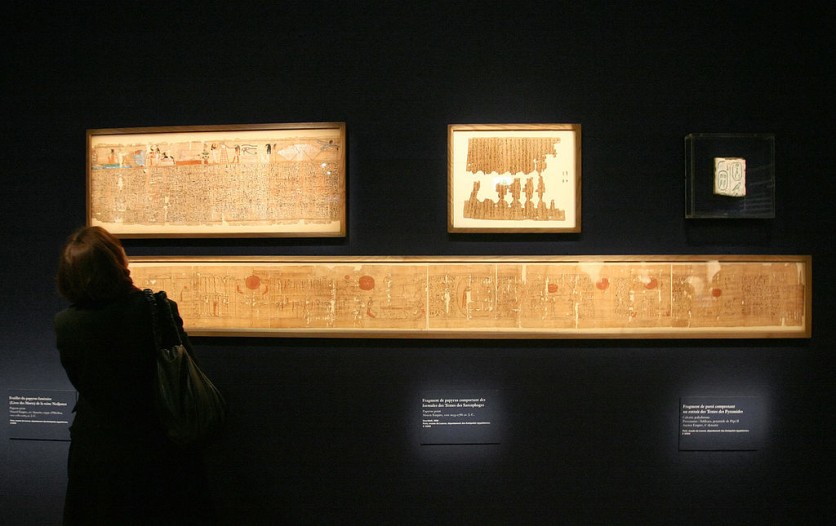For the first time in a hundred years, archaeologists excavating in Saqqara, Egypt, have discovered a 16-meter-long ancient papyrus, as reported first by Arkeonews.

Ancient Egyptian Necropolis
Saqqara, a major necropolis of the ancient Egyptian capital Memphis and a UNESCO World Heritage site, contains old Coptic Christian monasteries, more than a dozen pyramids, and animal burial places.
When the old scroll was entirely repaired and translated, it was discovered that it actually measured 16 meters, contrary to what experts had previously thought.
The discovery of the papyrus was announced last Monday, Jan. 16 by Mostafa Waziri, Secretary General of the Supreme Council of Antiquities.
The papyrus, which has been called the "Waziri Papyrus," was repaired in the restoration lab of the Egyptian Museum in Tahrir, according to Waziri. It bears the name of an Egyptian and is the first papyrus ever unearthed by an Egyptian.
One of the 250 coffins at the Saqqara site contained the papyrus, which contains passages from the Pharaonic Book of the Dead.
Ancient Egyptian pronouncements and spells to help the dead in the afterlife are found in the Book of the Dead. The book is older than 50 BCE and is made mostly of funerary writings.
Waziri stated that translations from Hierarchical to Hieroglyphics to Arabic are presently being done for the papyrus, which will be displayed at the Grand Egyptian Museum's opening.
The rare discovery may reveal new information about the beliefs of the ancient Egyptians regarding the passage to the afterlife.
The ancient Nilotic environment included the papyrus, which was crucial to the ancient Egyptians in both the practical and symbolic aspects, according to MET Museum.
Read Also : [LOOK] Warsaw Mummy Project Reveals Portrait of Egyptian 'Mysterious Lady' Through Facial Reconstruction
All About Papyrus
The papyrus plant's stem was also used to create paper, sails, linen, mats, and ropes. Ancient Egyptians utilized papyrus paper as their primary form of writing, which the Greeks later adopted. It was also used to produce communications and legal papers in addition to works of literature in roll or scroll form.
MET notes that temple and tomb ceilings were typically supported by papyrus plant-shaped columns, transforming their architectural settings into representations of prehistoric wetlands.
The Arabs of Egypt kept cultivating and using papyrus until the rise in paper manufacturing from other plant fibers in the eighth and ninth centuries CE, according to Britannica.
Papyrus had already started to be phased out in Europe by the third century CE in favor of the less expensive vellum or parchment, but papyrus was still occasionally used for books and papers up until the 12th century.
Related Article : Archaeologists Find an Extremely Rare 1,300-year-old Gold and Gemstone Necklace From a Medieval Woman in England

ⓒ 2025 TECHTIMES.com All rights reserved. Do not reproduce without permission.




